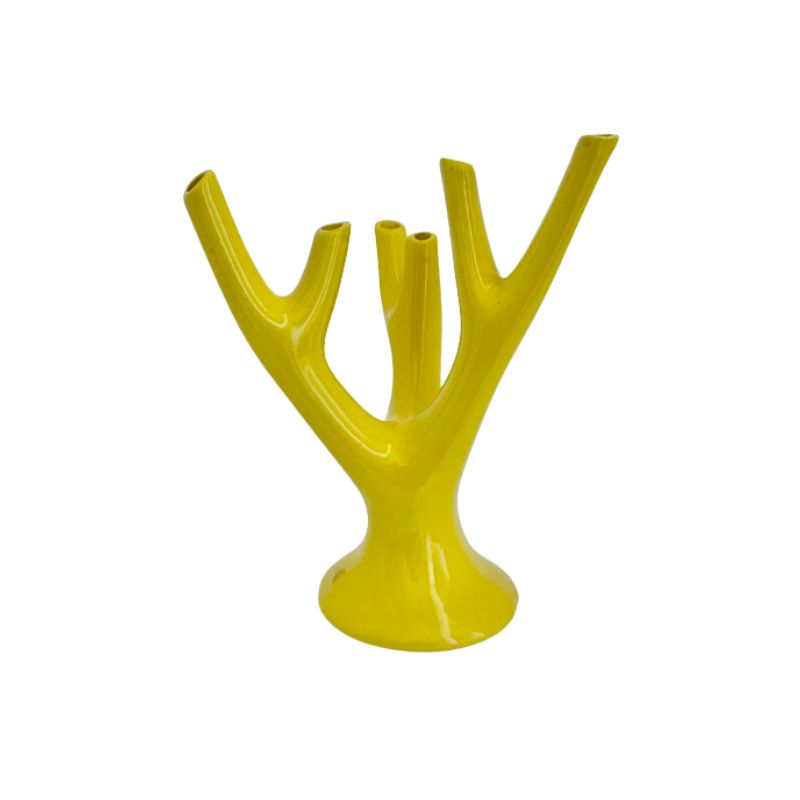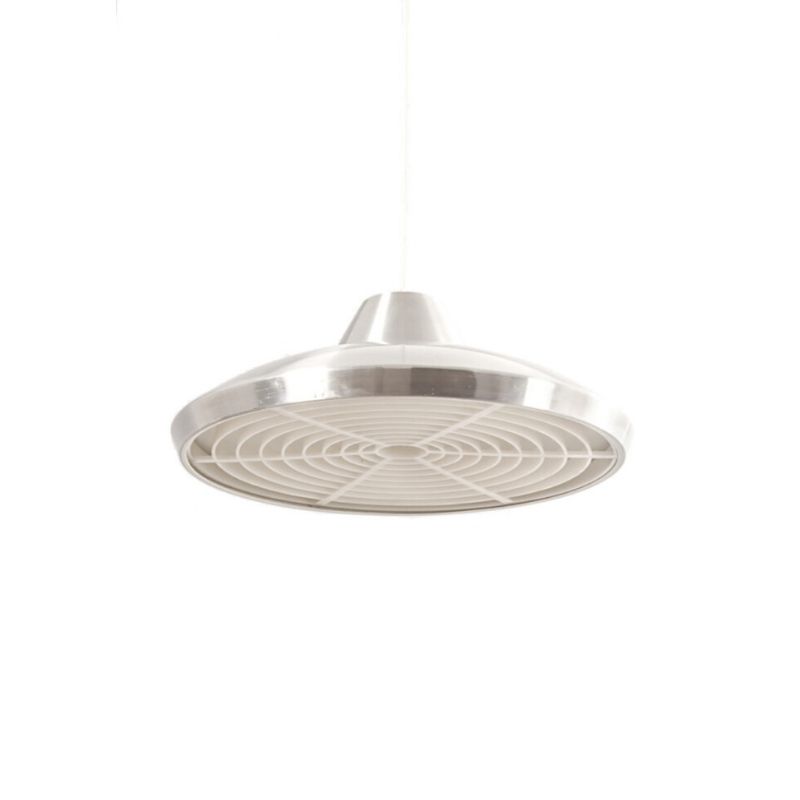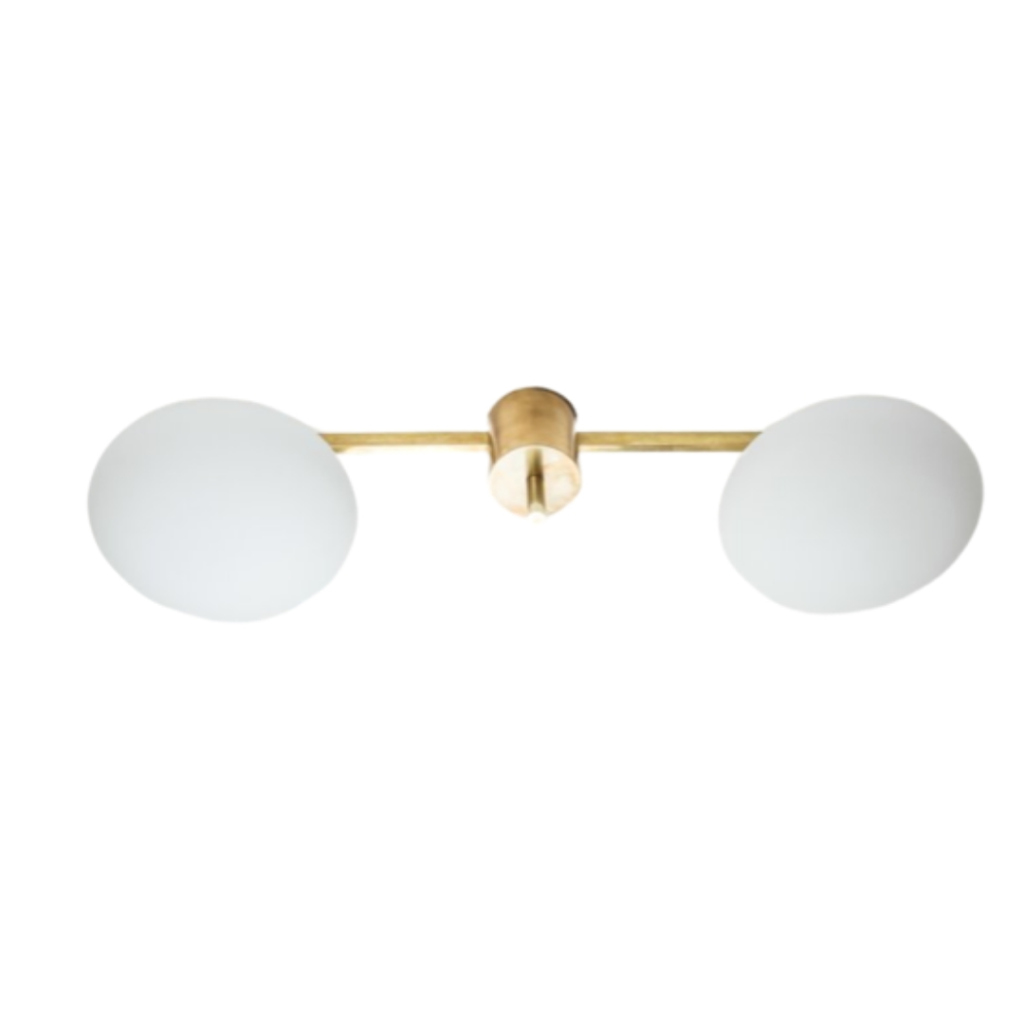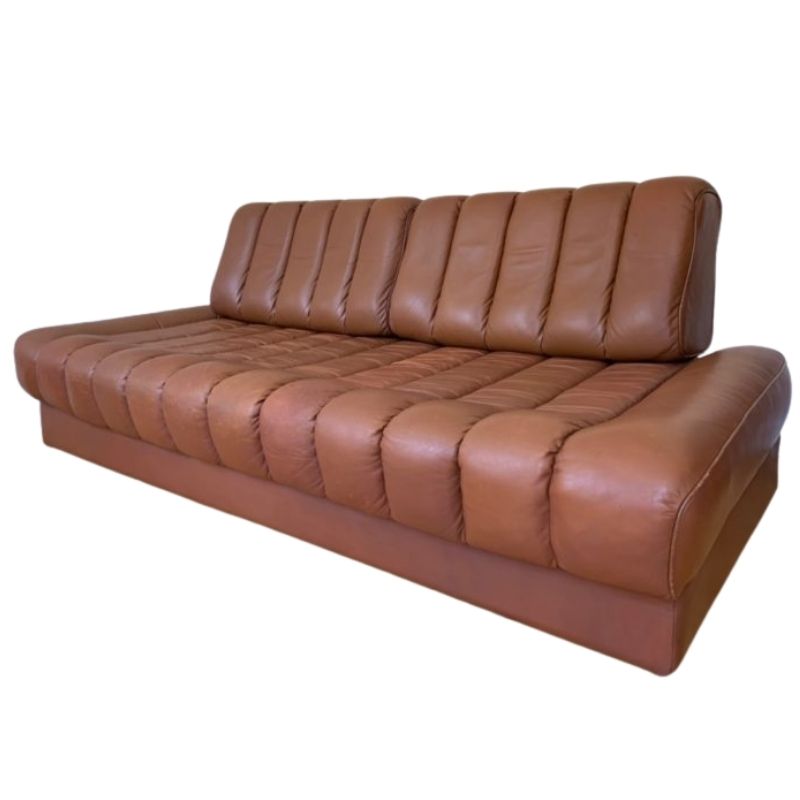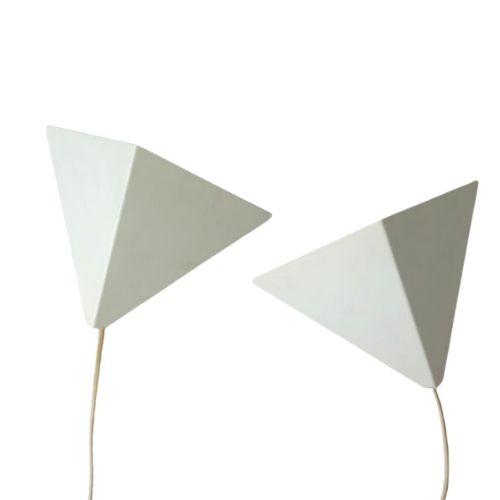Need some help/advice with this DUX coffee table I picked up this weekend at a little shop. It's in great structural shape, but someone had painted it long ago which left it kind of glossy/slick and varied shades of light brown. Given that, I figured I could take it home and put some work into it to restore it to its former glory.
I removed the top from the base, stripped the paint and what stain left underneath it and was feeling encouraged when I started peeling it away. That was until I reached an area that showed a dark ring. I was a bit disheartened, but thought I could try oxalic acid to lighten the ring once I got everything cleaned up. As I moved further down the surface, I was greeted with more bad news as I found an area that had more dark rings and a small section that appears to be damaged.
Here is where I need the help. I'm assuming that this area was sanded down before being painted, but I'm curious if this is a case of:
1. The table having a thin veneer on top and being over sanded?
2. This portion of the table top being sanded in the wrong direction?
3. Wood filler that was added and sanded down?
The photos below show the damaged area first, the dark rings second and a photo of the spotty paint job that was there before stripping.
My question is what are my options here? Is the table top ruined or can this issue be addressed somehow? Is painting the top my only option? I'm not a fan of paint jobs to pieces like this, but if that's the only way to salvage the top, it's better than going unused.
I hate to sound naive, but I'm no expert in refinishing/restoring so any light that someone can shed on the situation would be greatly appreciated.
Thanks. 


The graining on the top of th...
The graining on the top of the table makes it look like it is all book matched veneer. What does the bottom of the table top look like relative to the top side, in terms of the grain patterns? Do they match?
It is hard to tell exactly what is going on without more of a close-up image, but the picture does make it appear that the veneer was sanded through. The original veneer, but it teak or walnut, would never looks at light as the patches in the image, so I am guessing it must be a blonde wood or particle board that is showing through from under the veneer.
If it is the case that the veneer is sanded through I do not believe there is much you can do to fix it. I think a piece of black Formica on the top would be nicer than painting it, in my opinion.
You're probably right about...
You're probably right about the book matching. Here is a shot of the bottom of the table before it was cleaned up and a close up of the damaged/over sanded looking area.
I've never dealt with trying to apply formica to something. I wonder how hard it would be to have a piece cut to fit the table and applied to the top?
Such a shame that this was like this underneath the gunk. I've attached a picture of what the table should look like and it makes me sick that it won't regain this kind of beauty.
Sandpaper is evil on delicate surfaces.
I think that arthur has a bright idea on flipping the top over. Formica would look wrong to me. What if you were to "silver leaf" (or gold leaf) the top? Would that look cheesy? Or just live with it the way that it is ??? Or a piece of frosted glass ???
More pictures, please!
What about having it
expertly painted to match the wood grain? I bet that's what someone tried to do already but failed. I've seen some pretty amazing grain painting that was undetectable until I got within inches of it, but it was also on smaller areas than this. Still...seems worth considering if you can find someone in your area who does this.
Redo the veneer
I would redo the veneer. You can get book matched teak veneer for 50-100 dollars. If you take it to a professional refinisher they have a vacuum bag they put it in to apply the veneer with uniform pressure across the entire surface.
Flipping it over is also a brilliant idea. Only downside I see is that the veneer down there looks not to be book matched.
Some good ideas here, thanks...
Some good ideas here, thanks all.
It was definitely painted to try and maintain some look of wood. There wasn't a ton of detailing to mimic the grain, but some. There was some kind of glazing on top of the paint as well. It didn't look terrible, but it certainly didn't look like it should.
As for flipping it over, the issue there is that the DUX stamp is pressed into a portion of the veneer right in the middle of the surface. Sure it's better than the sanded through bit, but still not ideal.
I was curious if it could be re-veneered but wasn't sure if that was actually an option. I'm also not sure if there is anyone nearby that does that kind of work.
Seems I've got some thinking to do with this one. I appreciate everyone's efforts and input. Thanks so much.
If you need any help, please contact us at – info@designaddict.com



